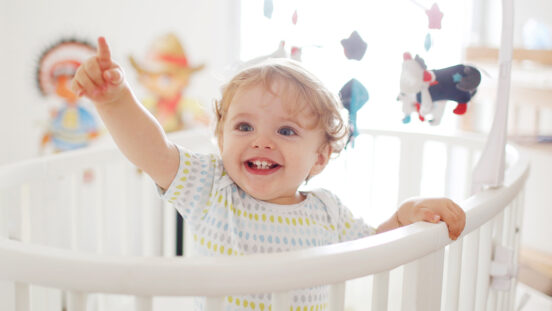How pregnancy and birth affects your pelvic floor and incontinence and what to do about it
1 in 3 women who've had a baby will wet themselves
Pregnancy and childbirth come with a whole host of issues that most women haven’t had to consider before. Incontinence is one such ‘side effect’.
Young women don’t want to consider incontinence, but when you’re pregnant or have a baby – even if you have a c-section – your body is put under so much pressure that it’s a very real risk.
In fact, according to the Continence Foundation of Australia, one in three women who have given birth will wet themselves, and states that pelvic floor habits are for life. Global Continence Week (June 20-26, 2022) is a great reminder that women (and men) need to take care of their pelvic floor health to ward off these problems.
What is incontinence and what causes it?
Briefly, incontinence is the inability to control bladder and sometimes bowel movements. It’s common in pregnancy as the body releases hormones that soften your muscles. This softening, along with the weight of your growng baby, puts pressure on your pelvic floor making it weaker still.

Working your pelvic floor should be an ‘always thing’ according to the Continence Foundation of Australia
Why women (in particular) have pelvic floor problems
Some women have a higher risk of pelvic floor problems and incontinence than others. The potential for continence issues increase in women who are pregnant or have recently had a baby; carrying second and subsequent babies; women in menopause or those who have had a hysterectomy.
Factors that increase risk of incontinence
On top of being pregnant, the following factors increase the likelihood of a woman being unable to control her bladder:
- Being overweight or obese
- Participation in athletics
- A history of back pain
- Previous pelvic trauma (fall or radiotherapy, for example)
- Chronic constipation
- Heavy lifting (gym or work)
Pelvic floors all over the country recoiled in horror when full-term Tammy Hembrow shared a video of her bouncing on the sister’s trampoline!
Pelvic floor exercises to help with incontinence
Memories of all those pelvic floor exercises that you’ve half-heartedly done in your yoga or Pilates class should be flooding back by now! While there are products to help you through a period of incontinence, such as ModiBodi underwear, they are – hopefully – short-term options. The foundation calls it ‘getting the knack’ – that is, teaching yourself to squeeze your pelvic floor muscles hard before you cough, sneeze, laugh or lift something heavy to help reduce the change of wetting yourself.
As well as exercises, you should avoid cafffiene as it irriates the bladder and drink plenty of water (2L a day).
Pelvic floor exercises
The Royal Women’s Hospital recommends the following pelvic floor exercises:
- Quick squeeze
Squeeze and lift your pelvic floor muscles as strongly and quickly as you can. Do not try to hold on to the contraction – just squeese hard and let go. Rest for a few seconds between each squeeze. Repeat this 10 to 20 times or until you feel your pelvic floor muscles fatique. Do this three times a day. - Strength building
Options: Sit. stand tall, lie on your back or kneel on hands and knees. Imagine the muscles you use to stop from passing wind or hold on when you need a wee. Tighten your pelvic floor muscles – from your pubic bone back to your tailbone – so you feel your muscles lift up inside you. Hold this strong clench for three to five seconds before you let go. You should feel a definte clenching sensation and that of letting go. If you don’t feel the muscles, it’s worth talking to you health nurse or GP about getting in touch with a physio. Repeat this 10 times or until you feel your muscles fatigue, resting between each squeeze. Try to do a set of 10 three times a day, each time in a different position.
According to Continence Foundation Australia, it’s a good idea to work on your pelvic floor health after each baby/pregnancy regardless of if you have a vaginal birth or a caesarian and they recommend doing one set of pelvic floor clenches every time you go to the toilet, when you’re in the shower, when you have a drink or when you breastfeed.




